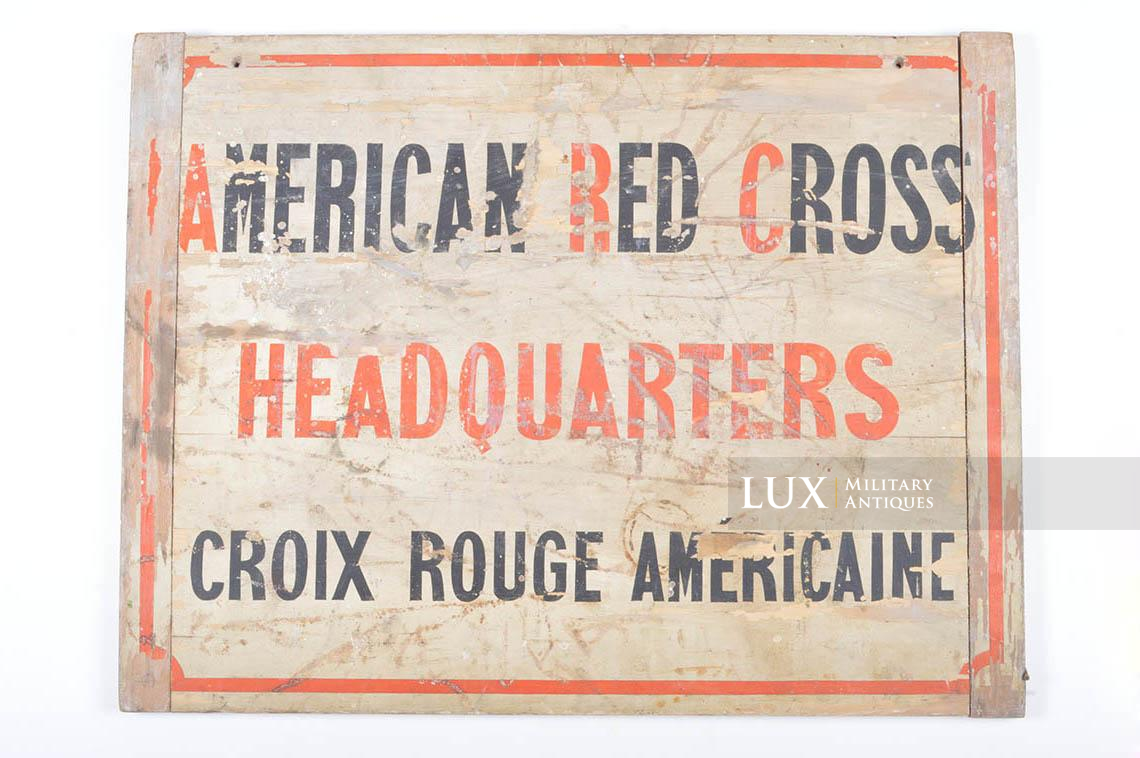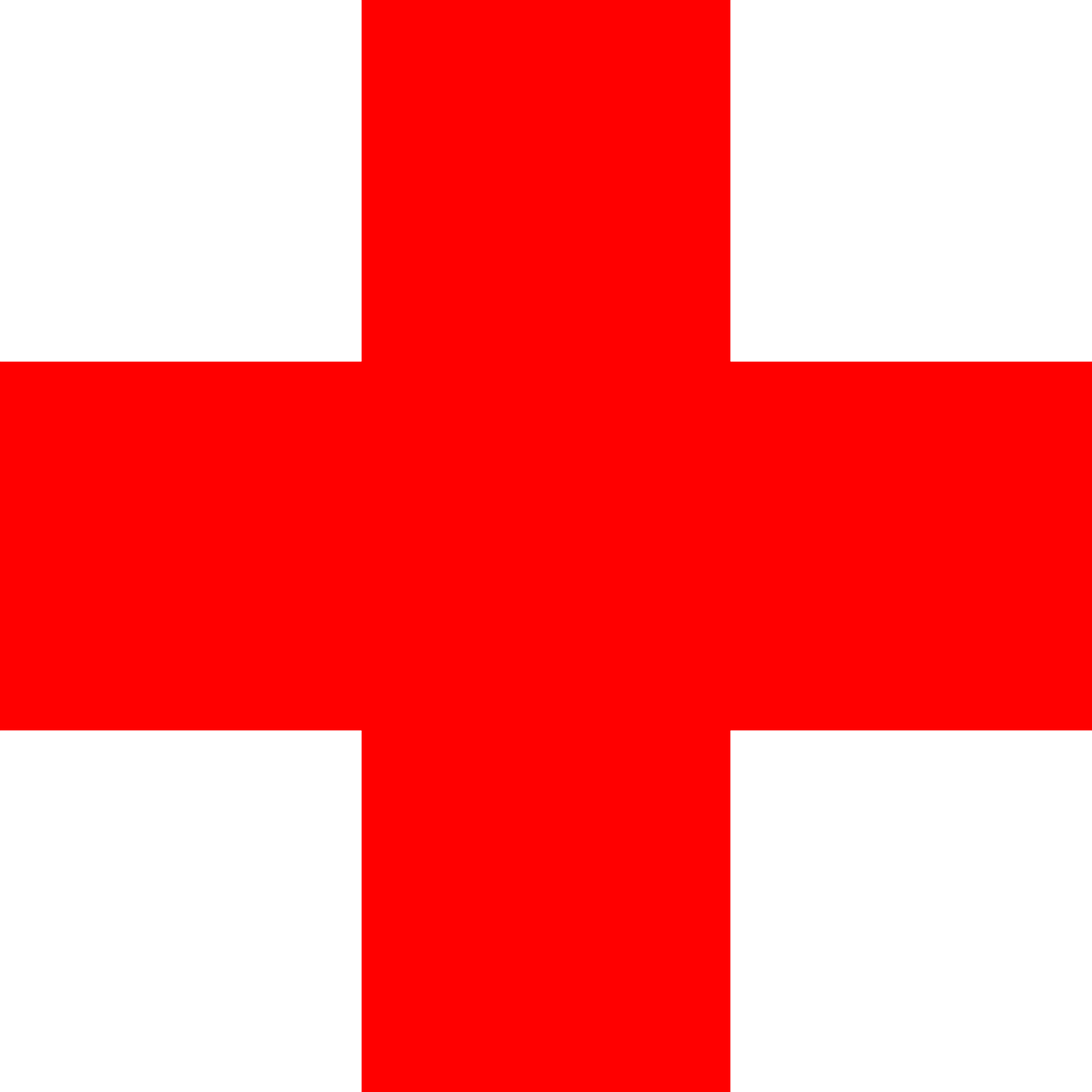

There were 885 active fires burning in Canada on Wednesday, according to the latest interagency tally. In June, the acreage burned this year surpassed the amount of land burned in 1989, which previously held Canada's annual record, the country's National Forestry Database reported. The fires have scorched at least 11 million hectares - or over 27.1 million acres - of land across Canada this year. Plus, as CBS News previously reported, harsh weather conditions in Canada are fueling the fires and making it harder for firefighters to combat the flames.Īs of its most recent update, the interagency fire center has recorded 4,241 wildfires since the beginning of 2023. Political leaders, including President Biden, and environmental experts have pointed to the causal link between rising temperatures driven by climate change, as well as drought, and the extreme wildfire season that Canada is experiencing now. The broad extent of the fires - from the westernmost provinces to the eastern ones - is unusual, particularly so early in the year, Canadian government officials have said. But with the season occurring annually from May until October, devastation seen from the outset this year put the country almost immediately on track for its worst season in more than 30 years. Wildfire season typically happens around this time of year in Canada, which is home to about 9% of the world's forests. To the east, Alberta had the second-highest number of active blazes with 126 while Quebec, which borders New England, had 106. Officials on Wednesday reported 374 active fires in British Columbia, along Canada's west coast. Eastern provinces like Quebec, Ontario and Nova Scotia have been hit particularly hard this year by large and at times uncontrollable blazes. He and his wife Cynthia have two daughters and live in Bay Village.Climate change is making forest fires more severe 24:24Ĭanada is experiencing its most destructive wildfire season on record, as hundreds of blazes burning from coast to coast continue to send tremendous plumes of smoke into the atmosphere - and over the U.S.Ī map updated daily by the Canadian Interagency Forest Fire Centre shows how widespread the wildfires have become. He later earned a Master of Public Administration degree from George Washington University and was selected and attended the National War College in Washington, D.C., where he received a Master of Science in National Security Strategy and Policy. Parks is a 1982 graduate of the United States Coast Guard Academy in New London, Connecticut, where he received a Bachelor of Science degree in Government. Parks also completed tours of duty on six different Coast Guard cutters, commanding four of them. Northern Command in Colorado Springs Chief of Staff, Coast Guard Atlantic Area in Portsmouth, Virginia and Chief of Staff/Chief of Operations Response, Ninth Coast Guard District in Cleveland. Other significant assignments over the past decade included Deputy Director of Operations, U.S. He also deployed in response to Hurricane Katrina in 2005, providing port security, search and rescue, and support for recovery operations.

Southern Command to help direct emergency response following the devastating earthquake in Haiti, working directly with the Joint Chiefs of Staff. In that capacity he led more than 6,000 active, reserve, civilian and auxiliary (volunteer) personnel at 75 operational units.ĭuring his 35-year Coast Guard career, Parks was deployed in 2010 in support of the U.S. In this capacity he oversees five American Red Cross Chapters covering 31 Northeast Ohio counties serving 5.3 million people.įrom 2010 to 2013, Parks was based in Cleveland and served as Commander, Ninth Coast Guard District, responsible for leading and directing all Coast Guard operations throughout the eight-state Great Lakes region, including the 1,500-mile international border with Canada. Parks, United States Coast Guard, Retired, assumed the responsibilities in April 2015 as Regional Executive of the Northeast Ohio Region of the American Red Cross.


 0 kommentar(er)
0 kommentar(er)
